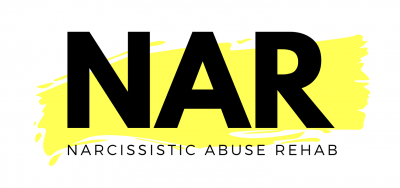Learn about DARVO in toxic relationships. Discover the signs of the deny, attack, reverse, victim, and offender manipulation tactic.
Darvo Emotional Abuse
DARVO Emotional Abuse is a victim-blaming tactic in which perpetrators of harmful and/or criminal acts:
Deny
Attack
Reverse
Victim, and
Offender
In other words, the perpetrator of abuse falsely casts themselves as the victim and accuses the person they harmed of abuse. Indeed, DARVO is a kind of role reversal.
DARVO Emotional Abuse is a form of gaslighting in that it denies reality and distorts the truth. Its purpose is to discredit the victim through character assassination so that perpetrator can escape the consequences of their actions.
Dr Freyd explains, “The perpetrator or offender may Deny the behavior, Attack the individual doing the confronting, and Reverse the roles of Victim and Offender such that the perpetrator assumes the victim role and turns the true victim – or the whistleblower – into an alleged offender.”
Consequently, someone who is the target of this victim-blaming tactic undergoes the excruciating process of scapegoating.
DARVO (Deny, Attack, Reverse, Victim, and Offender) is a defense tactic commonly used in the context of extreme or malignant narcissism.
DARVO is an acronym for Deny, Attack, Reverse, Victim, and Offender. It is a manipulation tactic used to avoid being held to account.



